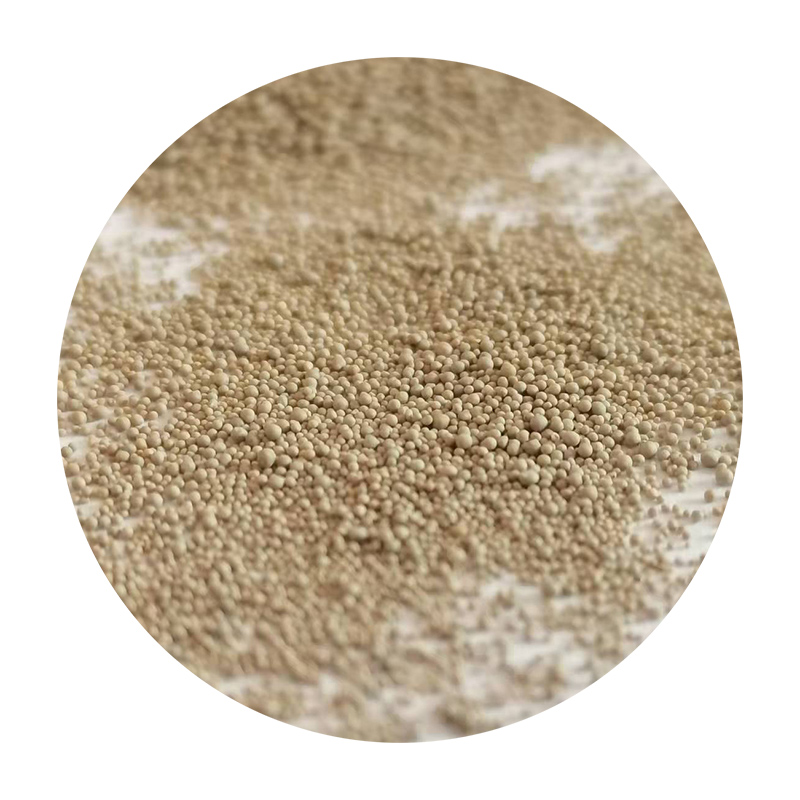The Evolution and Impact of 3D Sand Printing
In recent years, 3D printing has revolutionized various industries, making prototyping and manufacturing more efficient, cost-effective, and precise. Among the many techniques in the realm of additive manufacturing, 3D sand printing has emerged as a groundbreaking method that is reshaping the landscape of construction, aerospace, automotive, and even art.
What is 3D Sand Printing?
3D sand printing is a specialized form of additive manufacturing that uses sand as the primary material. The process involves creating a 3D model using computer-aided design (CAD). Once the design is complete, a binder material is selectively applied to loose sand to form solid objects layer by layer. This technology offers several advantages over traditional sand casting methods, including the ability to produce complex geometries, reduce material waste, and improve turnaround times.
Advantages of 3D Sand Printing
1. Complex Geometries One of the most significant advantages of 3D sand printing is its ability to create intricate designs that were previously impossible or prohibitively expensive to manufacture. Traditional sand casting relies on creating molds, which can be complicated and time-consuming. 3D sand printing eliminates the need for molds, allowing for the production of complex patterns that can enhance both functionality and aesthetics.
2. Customization In industries where custom parts are required, 3D sand printing provides unparalleled flexibility. Designers and engineers can quickly modify designs to meet specific requirements without the need for extensive lead time. This adaptability is particularly beneficial in sectors such as aerospace and automotive, where tailored components can lead to improved performance and efficiency.
3. Reduced Material Waste Traditional manufacturing processes often result in significant material waste, especially in subtractive manufacturing methods where excess material is removed to create a part. In contrast, 3D sand printing is an additive process, meaning that material is only used where necessary. This reduction in waste not only conserves resources but also lowers production costs, making the process more sustainable.
4. Faster Production Times The speed of 3D sand printing can significantly decrease lead times. Traditional methods require lengthy setup times, mold creation, and curing processes. With 3D sand printing, components can often be produced in a matter of hours. This increased speed can lead to accelerated project timelines and improved responsiveness to market demands.
Applications of 3D Sand Printing
3d sand printing

The applications of 3D sand printing are broad and continue to expand as the technology matures.
- Aerospace In the aerospace industry, 3D sand printing is used to create complex engine components and structural parts that are lightweight yet sturdy. The ability to produce parts with precise specifications can lead to improved fuel efficiency and performance.
- Automotive The automotive sector benefits significantly from this technology, primarily in rapid prototyping and the manufacture of custom components. With 3D sand printing, manufacturers can create functional prototypes faster and at a lower cost, enabling iterative design processes.
- Construction One of the most exciting prospects of 3D sand printing is its potential in construction. Researchers and companies are exploring ways to use this technology for creating sand-based building materials, ultimately paving the way for quicker, more sustainable construction methods.
- Art and Design Artists and designers are also leveraging 3D sand printing to push the boundaries of creativity. The technology allows for the creation of intricate sculptures and installations that would be daunting to produce using traditional methods.
The Future of 3D Sand Printing
As technology continues to advance, the potential of 3D sand printing is only beginning to be realized. The integration of artificial intelligence (AI) and machine learning can further enhance design optimization, while improvements in materials science may yield even more versatile sand mixtures.
Moreover, the growing emphasis on sustainability will likely drive more industries to adopt 3D sand printing as a viable alternative to traditional manufacturing processes. As environmental concerns escalate, companies that embrace innovative technologies to reduce waste and improve efficiency will gain a competitive advantage.
In conclusion, 3D sand printing is at the forefront of the additive manufacturing revolution, offering significant advantages across various industries. Its ability to produce complex shapes, reduce waste, enable customization, and accelerate production times positions it as an essential technology for the future. With ongoing advancements, we can expect even more transformative impacts on manufacturing and design in the years to come.
Post time:Out . 06, 2024 21:51
Next:resin coated sand manufacturers
